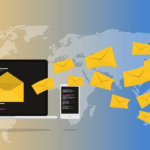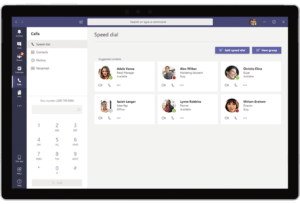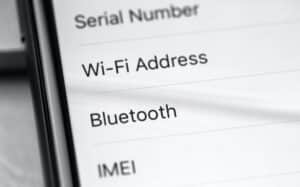

All of us at one point or another have used the internet for work, school, entertainment, etc. We spend countless hours browsing the news, shopping, watching videos, even ordering food all from our computers or smartphones.
In fact, in 2015, it was estimated that young ones between the ages of 16 and 24 spent more than 27 hours a week on the internet. But as activist Simon Wiesenthal once said, “The combination of hatred and technology is the greatest danger threatening mankind.” This is clearly seen in how technology and the internet are being used to hurt people. According to Cybint, there is a hacker attack every 39 seconds, affecting 1 in 3 Americans each year. With all this being said, it’s clear that precautions must be taken to browse safely and protect data.
Use Strong Passwords
Most, if not all websites today store personal information one way or another, and they keep track of this information using passwords created by the user.
When a hacker obtains a password used by a company or individual, they can use it to obtain data such as SSN’s, Card Information, Addresses, etc. When a hacker has the data available to them they can hurt the individual or company by using it for selfish gain. Here are a few tips for better password protection:
- Between 8 – 12 Characters
- Use Special Symbols (@, !, $, _)
- Combine both letters and numbers
- Use both uppercase and lowercase letters
- Here’s an example (@P3t3rJ_1215)
Avoid Shady Emails
Especially for those in the workplace, email is used for many things such as communicating with clients or subscribing to a newsletter.
Due to its use, this is a common tool for hackers to corrupt your computer with malware or viruses via hyperlinks. They can even send false emails to obtain personal information from you and steal crucial data. Here are a few tips to open emails carefully:
- Do not open emails from unknown sources
- Avoid downloading attachments in emails
- Do not give out your email to anyone, only trusted sources
- Delete spam mail as quickly as possible
Ensure Data is Encrypted
Due to an increase in online forms and data sharing over the internet, attackers use un-encrypted sites to steal information such as passwords, usernames, card information, etc.
When visiting a site to fill out a form such as a bank website, for example, ensure that the website is HTTPS encrypted. An easy way to verify if a website is encrypted is to see if a padlock in the address bar is locked as seen here.
Use Antivirus Software
There are thousands of new malware and viruses being launched every day and it can be hard to keep track of how to protect yourself against such threats that can hurt your computer and yourself.
Thankfully, companies have devoted themselves to help protect you against the nastiest of attacks by offering software (both paid and free) to block those attacks. These companies use tools such as encryption and firewalls to protect your computer and your data. Here are a few trusted companies that offer Antivirus software:
While the internet can be a scary and dangerous place, you can protect yourself with the right tools and precautions to enjoy browsing to the fullest.
The above tips are just a few of the many things that can be done to browse safely, yet there are many more that can offer added protection. If you would like to know more about these tips and tricks for safe browsing, please contact us to learn more; we’d love to hear from you and help you browse safely!






